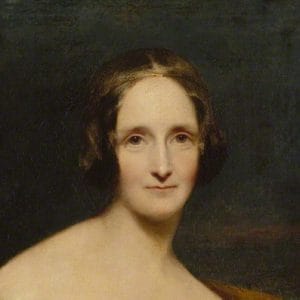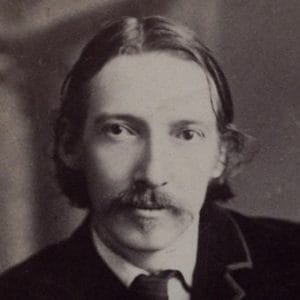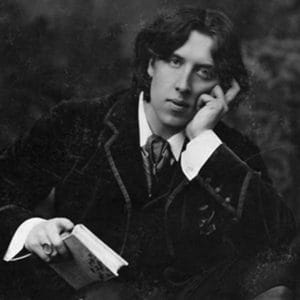
Bram Stoker
Bram Stoker
别名: Abraham Stoker 出生: 08/11/1847 逝世: 20/04/1912 性别: Male 类型: Gothic 职业: NovelistBram Stoker was born in Dublin in Ireland, part of the small Protestant elite that than governed the country as a colony of Britain: he grew up in the same row of houses as his contemporary, Oscar Wilde. He studied at Trinity College Dublin and then became a civil servant, but in 1878 he completely transformed his life by accepting the offer of the famous actor Henry Irving to become the manager of the Lyceum Theatre in London. He worked for 20 years in the heart of London theatre at the height of its cultural influence. In his spare time, he also wrote novels and stories, mainly in sensational Gothic form. These included Jewel of the Seven Stars (1903) and Lair of the White Worm (1911), but the most famous was Dracula (1897). Initially rather disregarded as a lurid thriller, it has since become the most influential novel about vampires ever written, adapted for cinema hundreds of times.
照片来源: Bram Stoker by W. & D. Downey © National Portrait Gallery, London主要作品
相关文章
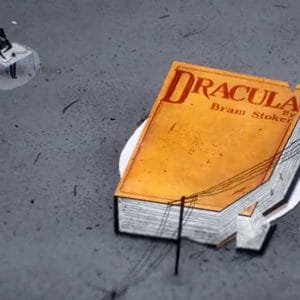
Matthew Sweet on Dracula
Un-earthing its literary origins, writer and historian Matthew Sweet uncovers the history of Dracula in this animated short for Penny Dreadful.
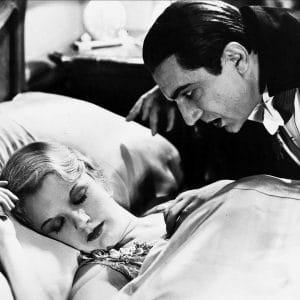
Gothic motifs
What does it mean to say a text is Gothic? Professor John Bowen considers some of the best-known Gothic novels of the late 18th and 19th centuries, exploring the features they have in common, including marginal places, transitional time periods and the use of fear and manipulation.
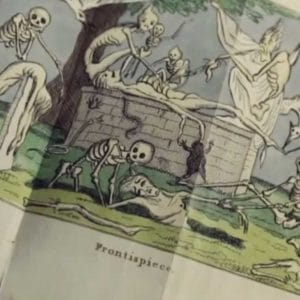
The Gothic
Professor John Bowen discusses key motifs in Gothic novels, including the uncanny, the sublime and the supernatural. Filmed at Strawberry Hill House, Twickenham.
